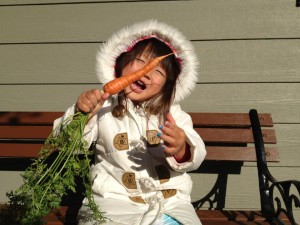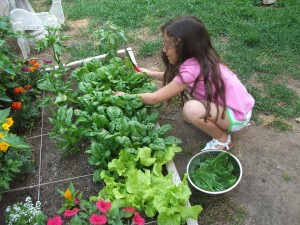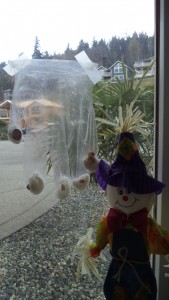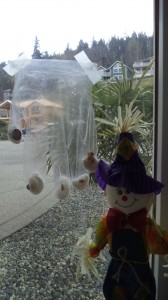Spring is the best time of year for kids’ gardening fun and learning. Do your kids know that food has to grow before we get it at a store? In this series, parents and caregivers of preschool kids are answering the following question:
Q. If you had a magic wand or one wish you could use to conjure up something in a preschool program, care center, or kindergarten, what would that be?
The answers give plenty of food for thought. Patrick, dad of K, wishes his son and other kids could learn about gardening and the value of food. It must be the time of year, because just this week there was a radio interview with a scientist and growing food in space. Growing food in space is more than a science challenge. It’s also a mental and emotional issue, as astronauts find they really miss eating something fresh. Plus, being involved in growing food provides a connection nothing else can. Not only do plants feed bodies they also feed our hearts. Caring and looking after plants can reduce the isolation and loneliness of those in space—and back on Earth too.
There are so many great reasons to include gardening activities for kids, no wonder Patrick wished kids could have access to gardens. Gardens nourish the senses. Think of the smell of soil and water, green plants, and freshness outdoors. Soft, slippery, wet, and sandy are a few of the different textures for sense of touch. With plants and earth, eyes get lots of stimulation. There’s not a lot to hear, or is there? Perhaps this is one reason why gardening is relaxing, the sounds are oh so quiet.
Children not only tune in to their senses, but to their own nature. They also learn about being patient and responsible. The experience the circle of life, in that plants need our care and we need plants for food. Creepy crawlies like worms are part of the connection too. When we care for a garden, we also care for ourselves and others.
Raising food from planting to harvesting, not only gives kids knowledge of how food grows, but appreciation for it too. In the words of the Guerilla Gardner, Ron Finley, “Kids who grow kale will eat kale. Kids who grow tomatoes, will eat tomatoes.” That’s one way of getting kids to eat veggies. Having kids’ gardening fun and learning as part of early childhood is so worthwhile. Do you wish there was more of it too?





